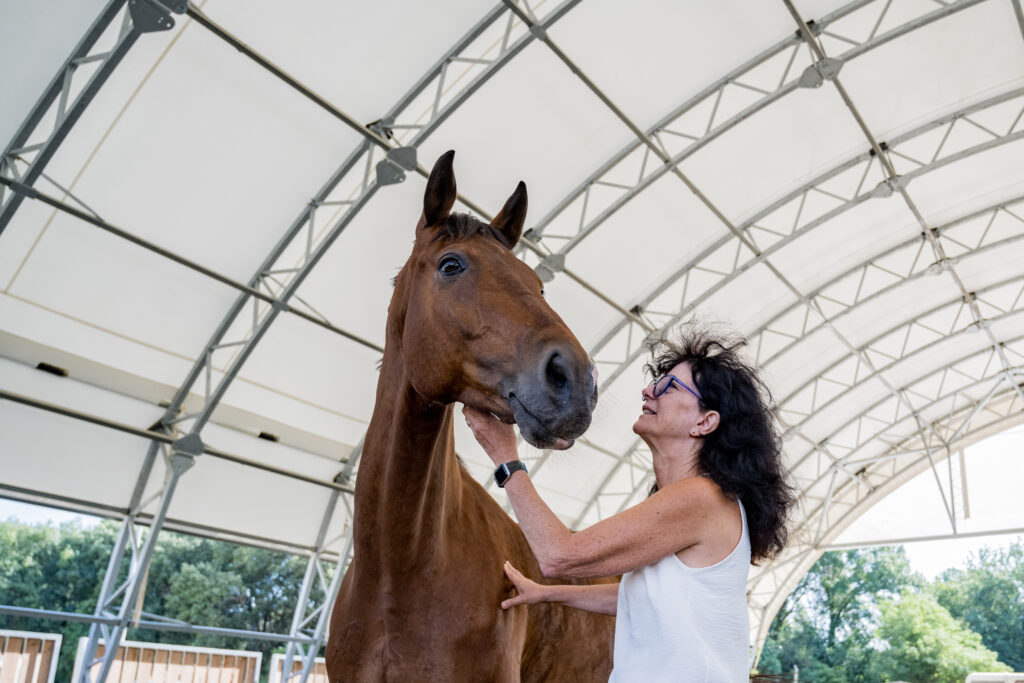What is animal welfare?
 According to the World Organisation for Animal Health (founded as OIE): “Animal welfare means how an animal is coping with the conditions in which it lives. An animal is in a good state of welfare if (as indicated by scientific evidence) it is healthy, comfortable, well nourished, safe, able to express innate behaviour, and if it is not suffering from unpleasant states such as pain, fear, and distress. Good animal welfare requires disease prevention and appropriate veterinary treatment, shelter, management and nutrition, humane handling and humane slaughter or killing.”
According to the World Organisation for Animal Health (founded as OIE): “Animal welfare means how an animal is coping with the conditions in which it lives. An animal is in a good state of welfare if (as indicated by scientific evidence) it is healthy, comfortable, well nourished, safe, able to express innate behaviour, and if it is not suffering from unpleasant states such as pain, fear, and distress. Good animal welfare requires disease prevention and appropriate veterinary treatment, shelter, management and nutrition, humane handling and humane slaughter or killing.”
Animal welfare, a social concern?
Animal welfare is a crucial concern for the livestock sector. Consumers and farmers are increasingly demanding when it comes to livestock produce: it has become a top social issue.
In recent years, we have seen that this focus has considerably changed farming practices and initiatives to improve livestock living conditions. There are an increasing number of government regulations and voluntary initiatives in this area.
For example:
- French Decree No. 2020-1625, dated 20/12/2020, requires livestock farms to designate an animal welfare specialist. This decree has been in effect since 01/01/2022.
- An animal welfare label has recently been created to inform broiler consumers of the welfare level of the purchased animals. This assessment baseline is significant – it contains no fewer than 230 criteria.
- For farmers, it is also important to assess the economic value of livestock produce from farms with improved animal welfare:
- An animal living in a comfortable farm building produces more milk, offers higher quality meat and provides high-value wool.
- The brand image is improved in the eyes of consumers, encouraging them to consume more of the livestock produce in question.
What is the connection between livestock buildings and animal welfare?
Livestock buildings play a major role in promoting and supporting animal welfare. European regulations require the provision of housing that meets the needs of the animals, in terms of health and physical comfort. As a living space for the animals, it can aggravate stress or generate comfort.
Several elements can foster animal comfort:
- Building cover and lighting can affect brightness and thus reduce anxiety.
- Insulation plays a vital role in controlling variations in temperature, which can be stressful and even dangerous.
- Shed ventilation ensures the air quality.
- The openings can keep the animals safe in the event of an evacuation (e.g., in the event of a fire).
Do Shelterall livestock breeding tunnels foster this well-being?
SHELTERALL solutions help create an optimal environment for animals. The innovative structures are designed to generate a healthy atmosphere that is peaceful and calms the animals.
1- Optimal ventilation
SHELTERALL buildings are designed for natural, effective ventilation, reducing humidity and ammonia. The tunnel effect promotes good air flow and the wind-break net cover prevents drafts, for an optimal atmosphere inside the livestock breeding tunnel.
2- Stable temperature
High-quality membranes offer significant thermal stability. They keep temperatures warmer than the outdoor air in winter and cooler in summer. The animals therefore benefit from a more stable temperature, promoting their well-being.
3- A quiet environment
The corner-free design of the SHELTERALL buildings considerably reduces unwanted echoes. In addition, the membranes are more effective at absorbing noise than sheet metal. They reduce outside noise, creating a more peaceful environment.
4- Diffuse natural light
The white structures let in outside light, creating a bright, pleasant environment for the animals. The translucent strip options at the ridge and the translucent gables help to maximize this natural light inside the building. SHELTERALL livestock breeding buildings improve animal health, promote animal welfare, improve production (milk, meat quality and wool), and reduce veterinary costs. Farmers benefit from an optimized structure for the comfort of their animals, which can adapt to the development of their farm due to its modular nature.

Which animals are they used for?
SHELTERALL tunnels can be adapted to suit all livestock: suckler cows, dairy cattle, calves, sheep, goats and horses. Whatever the herd size, these solutions can be used to create calm, comfortable stabling, sheep-pens, goat sheds, calf nurseries and stables that promote both animal and farmer welfare. We are proud to help make animals comfortable. Contact the SHELTERALL teams today to find out how our solutions are able to meet specific livestock breeding needs
